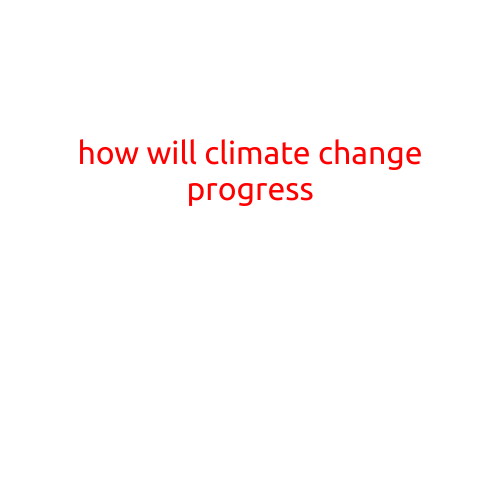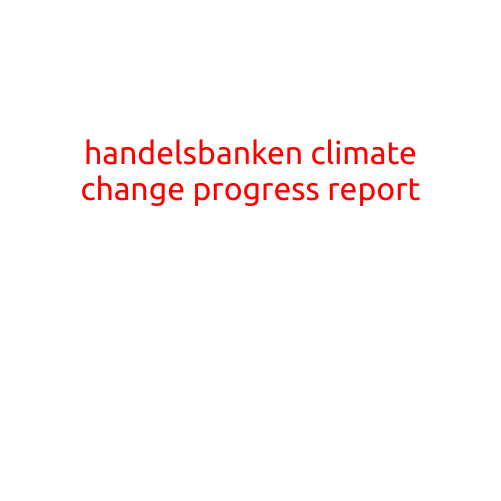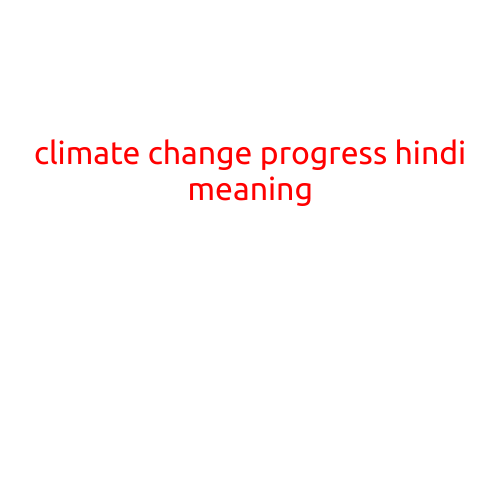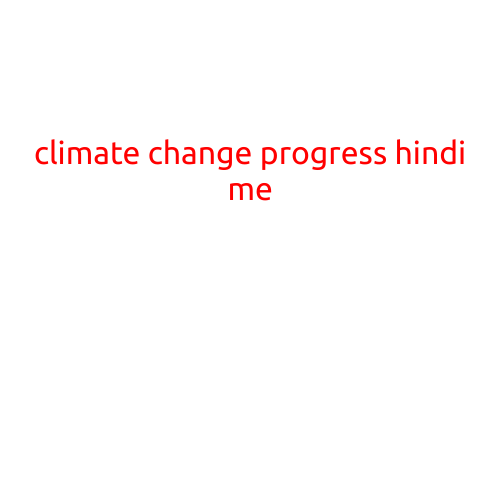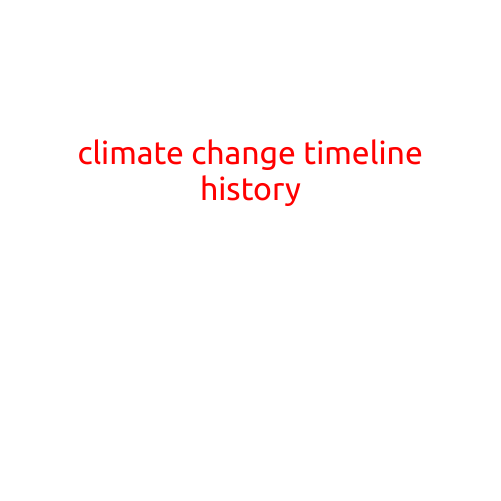
Climate Change Timeline History
Climate change is one of the most pressing issues of our time, with far-reaching consequences for our planet and its inhabitants. The Earth’s climate has undergone significant changes throughout its history, and the current era of rapid warming is no exception. Here is a comprehensive timeline of the major events and milestones in the history of climate change:
Early Years:
- 4.5 billion years ago: The Earth forms, with a hot and hostile atmosphere.
- 4 billion years ago: The atmosphere cools, allowing the emergence of life.
- 3.5 billion years ago: The Earth’s oceans acidify, marking the beginning of a stable climate.
Paleozoic Era (541-252 million years ago):
- 300 million years ago: The supercontinent Pangaea begins to break apart, leading to changes in global climate patterns.
- 250 million years ago: A massive extinction event, likely caused by climate change, wipes out 96% of all marine species.
Mesozoic Era (252-66 million years ago):
- 200 million years ago: The supercontinent Pangaea fully breaks apart, leading to increased temperature and precipitation variability.
- 65 million years ago: The Cretaceous-Paleogene extinction event, likely caused by a massive asteroid impact, marks the end of the Mesozoic Era.
Cenozoic Era (66 million years ago to present):
- 50 million years ago: The Himalayan mountain range begins to rise, blocking the Indian monsoon and leading to significant climate change in the region.
- 20,000 years ago: The last ice age reaches its peak, with massive ice sheets covering much of North America, Europe, and Asia.
- 11,700 years ago: The climate begins to warm, marking the end of the last ice age.
- 8,000 years ago: The climate stabilizes, with the development of agriculture and human settlements.
Modern Era (1950s-present):
- 1950s: The discovery of the greenhouse effect, where human activities release greenhouse gases and trap heat in the atmosphere.
- 1960s: The introduction of refrigerants and CFCs, which contribute to ozone depletion and climate change.
- 1980s: The first scientific consensus on human-caused climate change emerges.
- 1990s: The Kyoto Protocol establishes international targets for reducing greenhouse gas emissions.
- 2000s: The IPCC (Intergovernmental Panel on Climate Change) releases its third assessment report, confirming the overwhelming evidence of human-caused climate change.
- 2010s: The global climate movement gains momentum, with widespread protests and calls for action.
- 2020s: The COVID-19 pandemic highlights the interconnectedness of global systems and the need for rapid climate action.
Current Status:
- The current rate of warming is unprecedented in the past 2,000 years.
- Human activities have released over 1 trillion tons of carbon dioxide into the atmosphere since the Industrial Revolution.
- The IPCC warns that global warming must be limited to 1.5°C above pre-industrial levels to avoid catastrophic climate change.
Future Outlook:
- The window for taking action to mitigate climate change is rapidly closing.
- The next few decades will be critical in determining the severity of climate change impacts.
- A coordinated global effort is necessary to transition to a low-carbon economy and adapt to the changing climate.
The climate change timeline history serves as a reminder of the urgent need for action to address this global crisis. By understanding the past and present, we can better prepare for the challenges of the future and work towards a more sustainable and resilient world.
